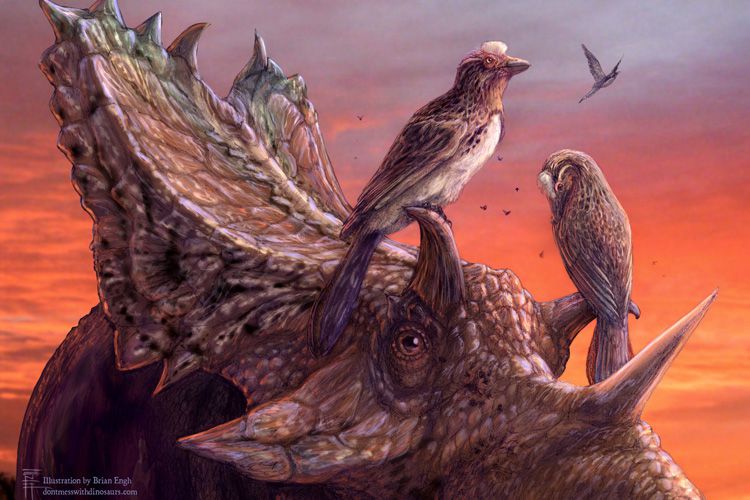A few days ago, I posted an article I wrote in 1997 about the “wired” child. In it, I site the trends that were emerging that would increasingly make public playgrounds irrelevant.
The most impactful prediction was the rise of virtual reality as intelligence spreads from the computer and enters the environment via the internet of things (IoT).
The earliest manifestations of these trends were the X-Games that had launched when I was writing that piece. I took my own advice and started BOLDR, a range of rock-climbing products for parks. What was then seen as too high risk to be successful has now become a standard playground feature.
Yes, there have been some efforts to add interactivity to playgrounds, but as I have pointed out, these are basically electronic pinball machines that are life-sized. They are not truly interactive.
Next?
The article also proposed that as kids increasingly live virtual lives, they will consequentially also seek more “real-time” direct experiences.
We see this in the continued rise of sports like climbing, mountain bikes, and skateparks. It can also be seen in the explosion of indoor entertainment centers that feature race cars and rooms full of trampolines.
The point is that the kids are leaving the playgrounds in mass, while the playground industry and parks and recreation professionals are still mired in the model of playgrounds that the Beaver played on. Why is this so?
For the past couple of years, I have reached out to my contacts in the industry and found the reason that the existing paradigm is so dominant.
Innovation today is limited to squeezing out yet one more theme, higher structure, or eye-popping extravaganza using the same technology, from the same factories, sold in the same catalogs, by the same people.
The actual play value of playgrounds has remained constant, while the cost of fall surfacing, shade, land, access features, and installation has soared.

Face it. It took a radical environmental change to kill off the dinosaurs. It certainly looks like we are headed in the same direction. The result of the extinction event was good old T-Rex had to get small, smart, and learn to fly.
I’m working on that transformation right now.

Hi Jay,
I’m a reader of your blog. Wanted to alert you of a 15 acre natural playground project at the Colene Hoose elementary school in Normal, IL. Construction will start this coming Spring. Helle Nebelong of Copenhagen is designing it and Adam Bienenstock is the builder. I’m funding it. We want to make it a reference project for the U.S. Check it out online.
Charlie
LikeLiked by 1 person
I’m a big fan of Helle and Kompan. Of all the big companies I think they are currently the most innovative. I’ll check out Colene. Stay in touch as it progresses.
LikeLike